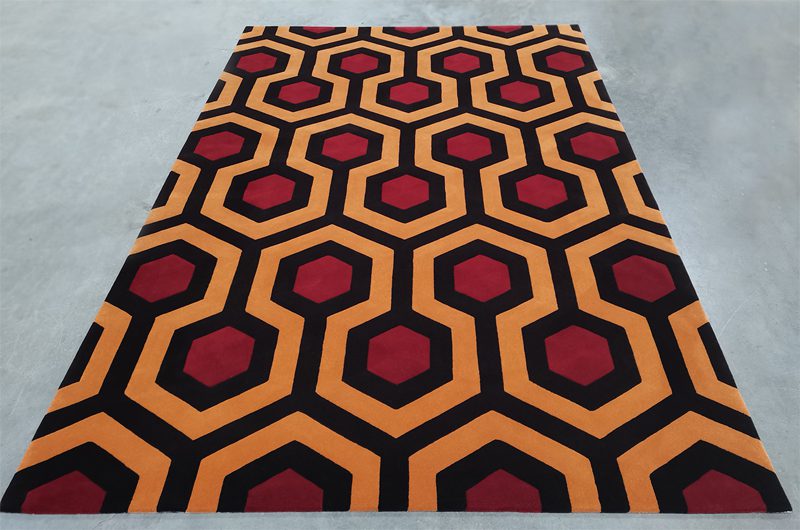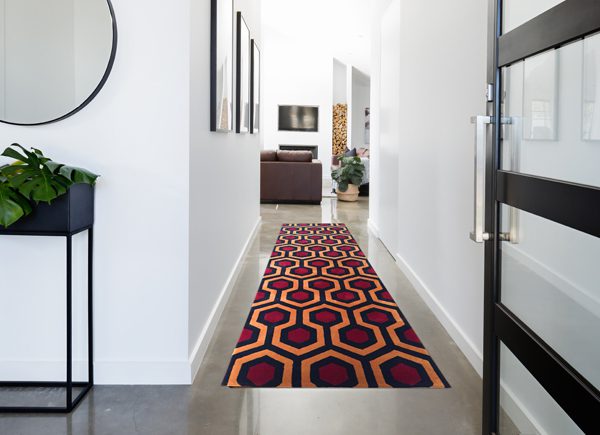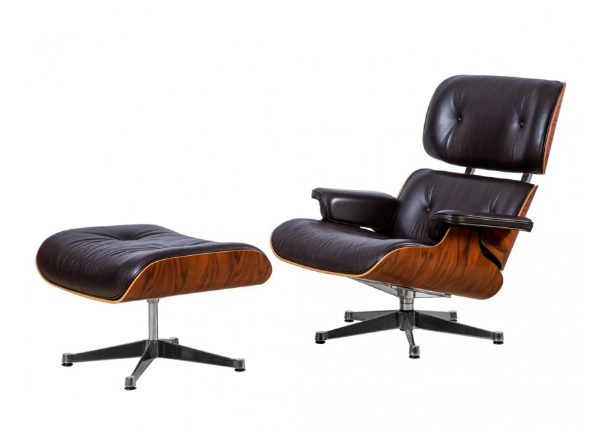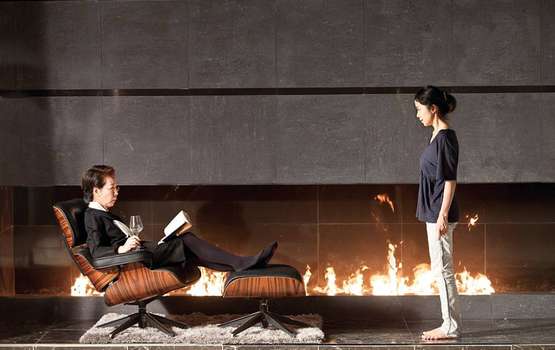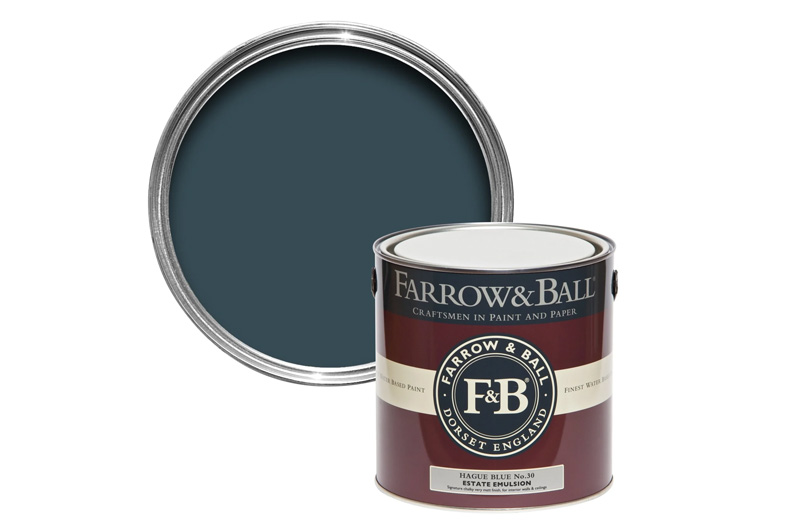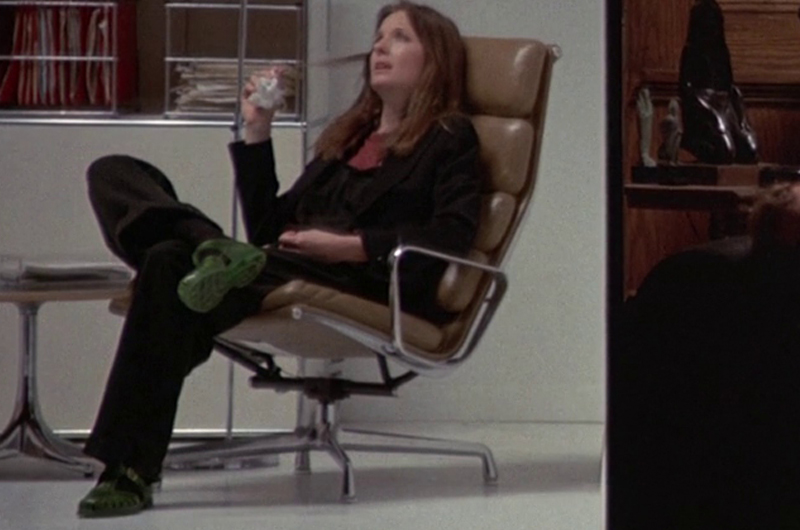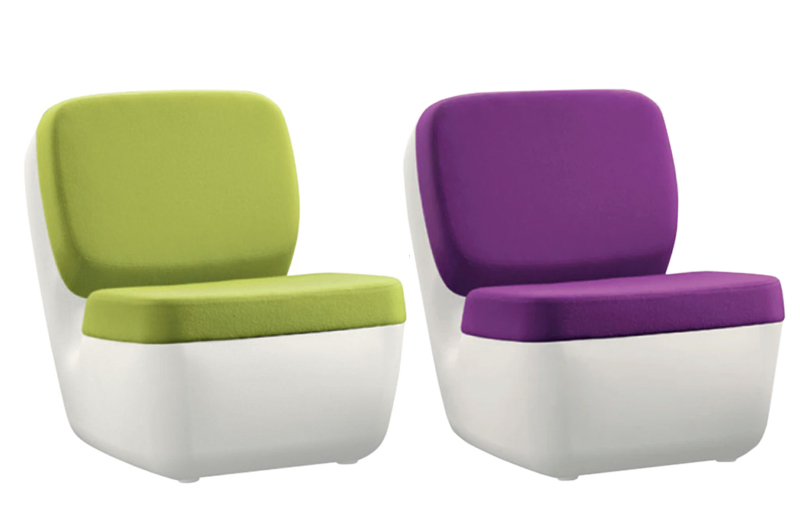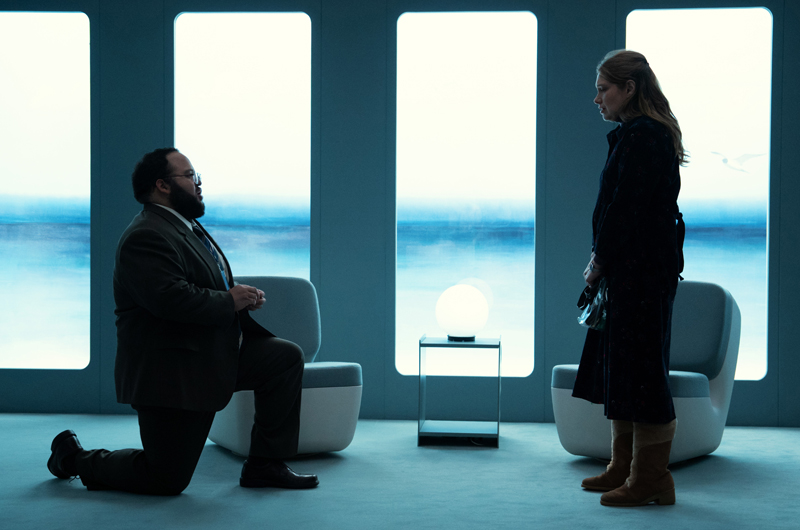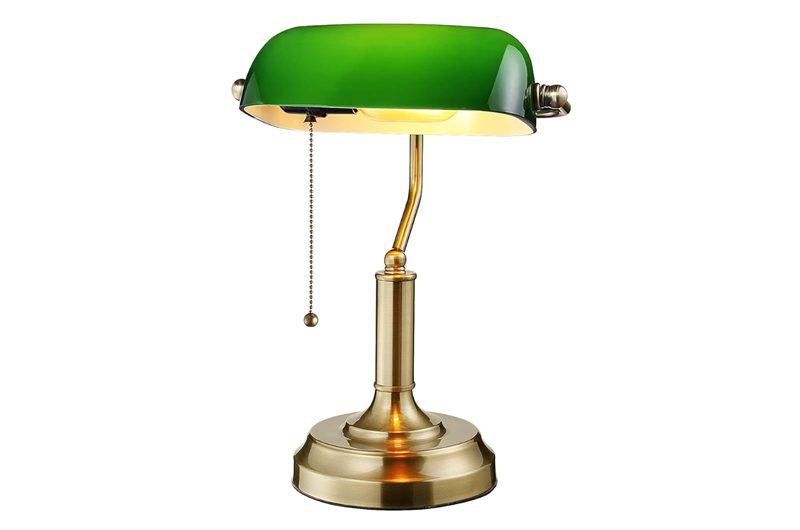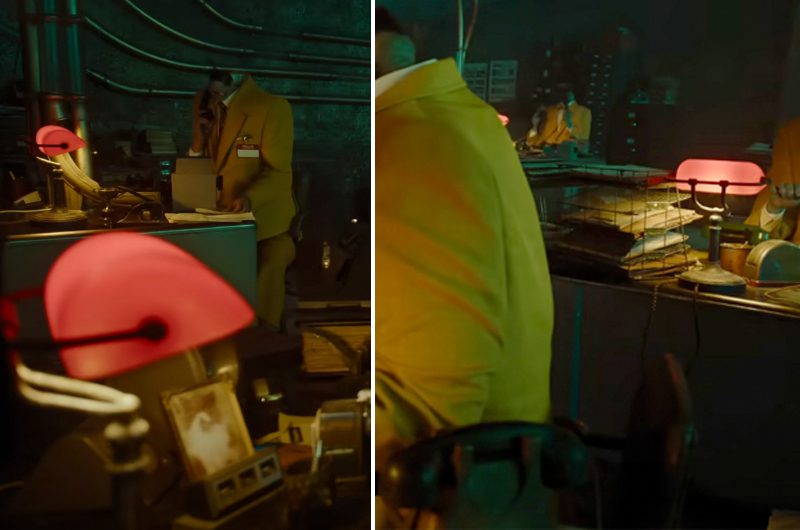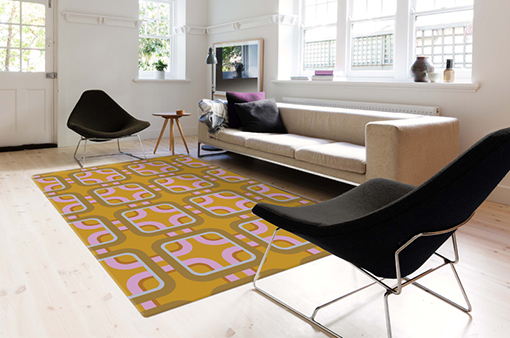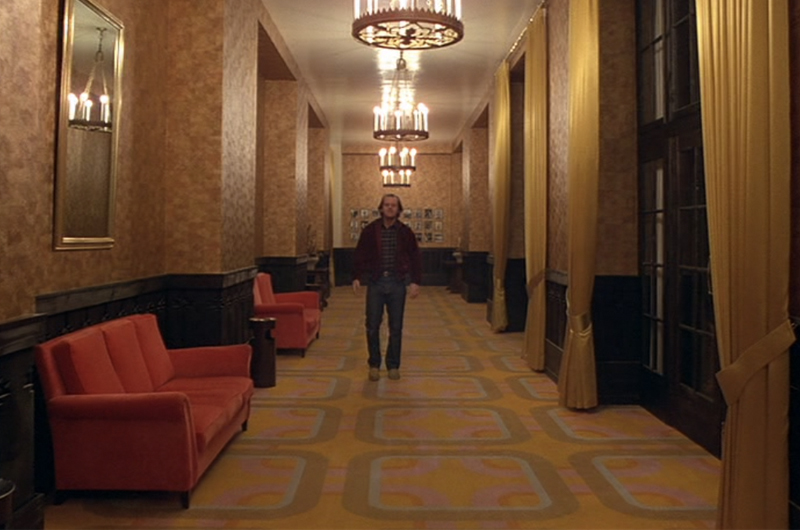Inside Park Avenue: A Love Letter to New York Through Design and Storytelling
In Park Avenue, writer-director Gaby Dellal brings her dual talents for storytelling and interior design into vivid focus. Starring Katherine Waterston and Fiona Shaw, this poignant drama—set almost entirely within a Park Avenue apartment—presents an intimate mother-daughter reunion shaped as much by design as by dialogue.
As Charlotte (Waterston) flees a stifling marriage and returns to her childhood home in New York, she steps back into a space that is both sanctuary and stage set: the stylish apartment of her mother Kit (Shaw). It’s a memory box of secrets, contradictions, and emotion, bathed in soft Manhattan light. As Charlotte reconnects with Anders, the building’s doorman and her former love, she is drawn back into the world she left behind at 18. Set against the vibrant backdrop of New York’s Upper East Side and its colourful, intertwined residents, Park Avenue delves into the intricate and messy bond between a mother and daughter.
Read on — and watch the full video interview from our YouTube channel below for more insights from our conversation with Gaby Dellal. You can also listen to The Film and Furniture Podcast on all your favourite podcast platforms.
“It’s really a love letter to New York,” Dellal told us. “I wanted to make something uptown this time—a film about the people and the buildings, the echoes, the doormen, the rituals of those old Park Avenue blocks. The apartment had to have a life of its own.”

A Director with a Designer’s Eye
It’s no surprise the interiors of Park Avenue feel so carefully observed. Dellal is not only a filmmaker but an interior designer, whose company Create Studio specialises in thoughtful, emotive kitchen design. Her own home has appeared in Remodelista and she has designed interiors for Sienna Miller. Her aesthetic – vintage finds, vivid colour palettes, and layered textures—is written into every frame of the film.
“Making films and designing kitchens feed each other,” she explained. “Between movies, I work on interiors—it’s creative in a different way”.
Working closely with production designer Katie Fleming, Dellal created an apartment that feels inherited, tactile and real. “We had no budget,” she laughed. “So we used what we had. The rugs, the ceramics, even the bedhead in Kit’s room are mine. It meant the actors weren’t faking it—they were living in a space that already had a story.”

The Apartment as Character
The Park Avenue apartment is central to the story—a genteel yet fading space where grandeur and grief intertwine. From the first step into the lobby and out of the lift, marble floors and the hush of heavy doors set the rhythm of arrivals and reckonings.
Inside, dark inky walls layered with years of paint, worn timber floors, and apricot sheers filtering soft light create a visual and emotional patina.
“I always start from colour,” said Dellal. “We landed on very dark walls so Fiona’s satin pyjamas and her red hair would really pop. You have to be careful not to overfill a frame. The eye needs room to rest—and then the emotion lands.”
It’s cluttered but curated: Antique cabinets jostle with midcentury chairs and lamps, layered rugs, and stacks of books. The result is a home of wealth, taste, and a slightly chaotic soul—a believable reflection of Kit herself: eccentric, sharp-tongued, and emotionally guarded.
The occasional glimpse of exposed pipework or vintage radiators hints at the bones beneath the polish. Kit’s apartment animates the story.
-
Hicks’ Hexagon officially licensed luxury rugs and runners, designed by David Hicks, as seen in The Shining Overlook Hotel
Designer: David Hicks
Film and Furniture
Directors: Stanley Kubrick, Steven Spielberg, Mike Flanagan
Shop NowOfficially licensed Hicks’ Hexagon rugs and runners as seen in The Shining‘s Overlook Hotel (original design by David Hicks). High quality, custom made, hand tufted 1 ply wool. One of the most iconic carpets in film
Approx £1,690.00 – £7,344.00 / $2213
Objects that Speak
Park Avenue treats furniture and objects as biography. When Charlotte flees her marriage, she packs pencils and a treasured mask—totems of identity.
“Families repeat habits through generations,” Dellal observed. “Charlotte’s mother paints; she draws. They keep the same brushes, the same mug on the table. It’s how love and memory survive.”
Back home, Chinese masks reappear on the dining-room wall—a wink at identity and concealment. Brass grab rails appear later in a corridor, small acts of care disguised as decoration. Even rings and cardigans pass between mother and daughter, tokens of both tenderness and friction.
Rooms with Purpose
The dark hallway pops with sophisticated art from artists such as Jenny Scobel and Eli Tamarkin, punctuated with a Stilnovo wall sconce.

The living room is the emotional arena—a stage for sparring and reconciliation. Classical mouldings and a marble fireplace frame the scene, while sage-green walls, tall sash windows and rich textures lend depth. The Eames Lounge chair and ottoman sit beside a grand piano, both symbols of comfort and control.

The dining area is defined by a dark wall painted in Farrow and Ball Hague Blue (a near black blue with a hint of green) which serves as a dramatic canvas for the Chinese mask collection. A lighter sage-green room divider borders the space, softening the transition into adjoining rooms and framing the composition like a stage. An antique brass chandelier and a long mahogany table anchor the room, flanked by chairs that suggest generations of use.
“That table began as her desk,” Dellal said. “Cluttered with books and paints—then cleared for ceremony later on.”
Delicate ceramics and crockery (many from BDDW) paint brushes, books, and a gleaming glass decanter appear and disappear as the story unfolds, turning this multipurpose space into a portrait of cultivated disorder and lived-in grace.

Freestanding and personal, the kitchen blends blue-painted walls, white tiles, and a black-and-white chequered floor. Copper pans hang beside a stovetop coffee pot. “I’m a foodie,” said Dellal. “I wanted it to feel real—like you could cook in it. No gloss, just things you love on display.”
It’s here that reconciliation begins: butter spread, lids replaced, tea poured. Small domestic actions carry the weight of forgiveness.

Dark walls appear again in the bedroom, making skin tones, silk pyjamas, and apricot drapes shimmer. A distressed pink silk headboard, borrowed from Dellal’s own home, carries the tenderness of time. “We found another apartment with black walls,” she recalled. “It was awful—but we said, whatever we do, we’re painting the bedroom black.”
A modernist metal sculpture on the windowsill, framed portraits in muted pastel tones, black and white photographs by Larry Clark, and patterned rugs underfoot complete a setting of intimate melancholy—a cocoon where the past seeps through every object.
The Building’s Voice
Even the building plays a role. The sound of pipes, footsteps on marble, the hiss of heating, all lend texture.
“Every old New York building has its own soundtrack,” Dellal said. “I recorded the noises in my own flat—the heating, the water running, that thud of the lift door. It gives the story its pulse.”
In one of the film’s most affecting scenes, the marble lobby becomes a stage for wordless confession: Kit’s heels click in the silence before she shares a brief, wistful dance with the doorman. “That was her love scene,” Dellal noted. “The sound had to be perfect.”
Constraint as Advantage
Working with a limited budget gave the production its authenticity. Dellal and Fleming leaned into the imperfections—interconnecting rooms for fluid camera movement, repurposed furnishings for realism, and natural light for emotional intimacy. “We couldn’t afford perfection,” Dellal said. “So we chased truth instead.”
The result feels less designed than remembered—the ideal aesthetic for a film about family, memory and the objects that outlive us.
Get the Look
Eames Lounge Chair & Ottoman – timeless comfort and authority
Delicately glazed ceramics – drip finishes, small-scale art for the table.
Dark painted walls – inky blues, sage greens and near blacks to frame texture and light.
Artwork in muted tones – gestural abstracts, painted portraits, and black and white photography hung low for intimacy.
Freestanding kitchen pieces – open shelving, honest materials, everyday tools on show.
Park Avenue understands that furniture and decor echo character. Thick layers of paint, collections from another life, the chair someone always claimed— these are plot points disguised as props. By the time Charlotte decides whether to stay or leave, the apartment has already spoken: it’s a repository of truth, and a space for reckoning, and a home for reconciliation.
PARK AVENUE opens in UK and Irish cinemas from 14 November. Find listings at ParkAvenuemovie.com
This feature is FREE to Classic members.
Join our newsletter community to receive Film and Furniture inspiration direct to your inbox and we’ll UPGRADE you to Classic Membership (which includes access to our exciting giveaway draws) for FREE.
To access in-depth features, video interviews, invitations to pre-release film screenings, major exhibitions and more, become a Front Row or Backstage member today!




